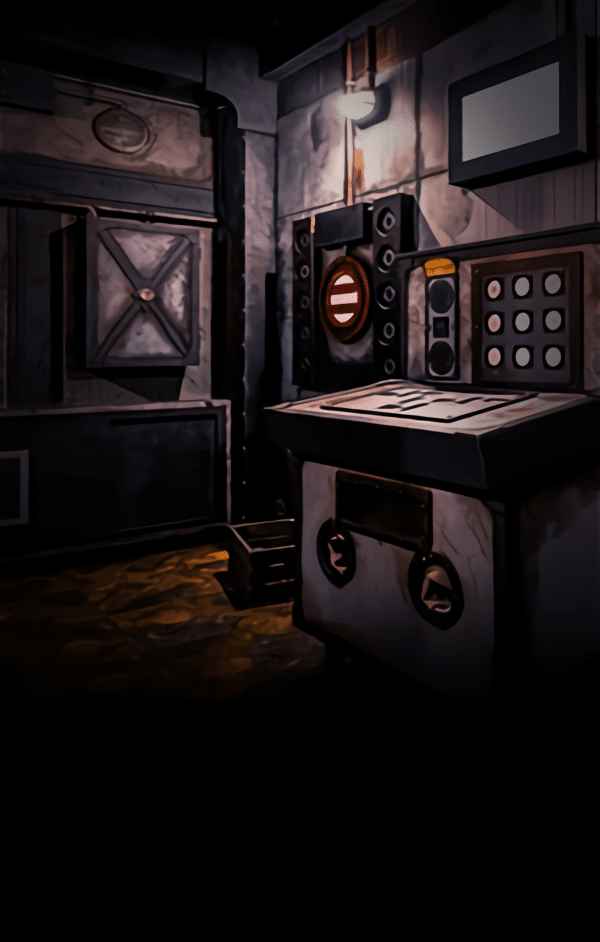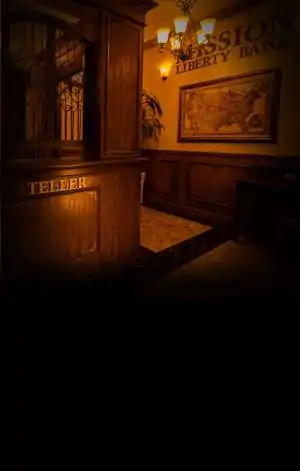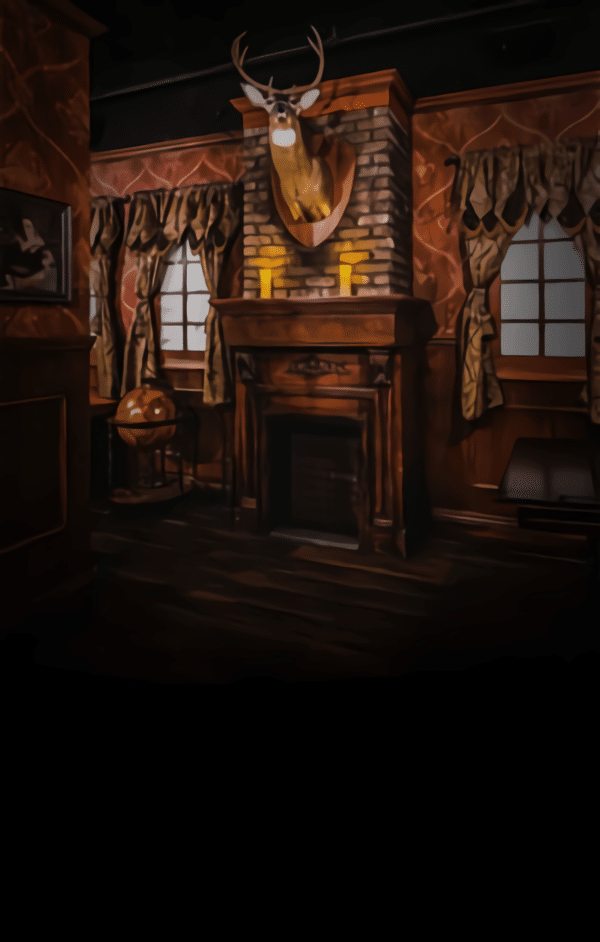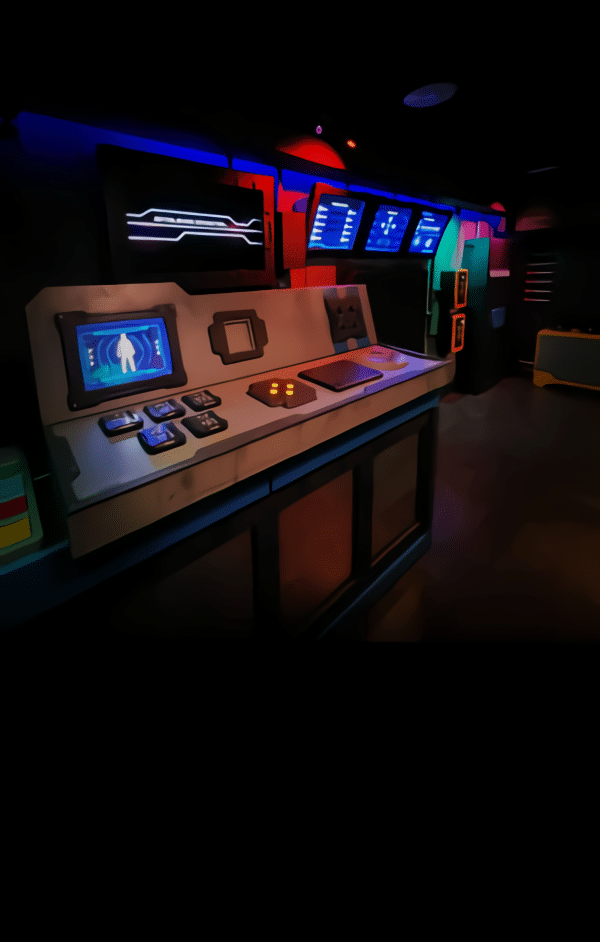What is the Average Difficulty Level of an Escape Room New York?
Introduction to Escape Room Difficulty in New York City
Escape rooms have become a popular form of entertainment for groups looking for a challenge. These immersive puzzle-solving adventures test your wits, teamwork, and ability to think under pressure. But as you consider diving into the escape room experience, one key question often arises: What is the average difficulty level of an escape room in New York?
Escape rooms come in all shapes and sizes, with varying levels of difficulty depending on the theme, design, and mechanics. Understanding the average difficulty level of these rooms can help you decide which one to tackle first—whether you’re a beginner looking for a more relaxed challenge, or an experienced puzzle-solver seeking a high-stakes experience.
This article will dive into the various factors that contribute to the difficulty level of escape rooms in New York, and how different venues, such as Mission Escape Games, are catering to players with varying skill sets.
See: Escape Room New York
Understanding the Concept of Escape Room Difficulty
Before we dive into specific rooms and venues in New York, it’s important to understand how the difficulty level of an escape room is generally measured. Difficulty is typically determined by a few key factors:
-
Puzzle Complexity: This refers to the intricacy and depth of the puzzles. Some rooms feature straightforward puzzles, while others require lateral thinking, creativity, and complex problem-solving skills. The more challenging the puzzles, the higher the difficulty.
-
Room Design and Layout: Escape rooms are designed with varying levels of difficulty in mind. Some rooms are linear (where puzzles must be solved in a specific order), while others are non-linear (allowing players to tackle puzzles in any order). A linear design tends to be simpler, as the path is clear, while non-linear rooms may add complexity due to the number of possible tasks.
-
Time Constraints: Most escape rooms are set with a time limit, typically ranging from 60 to 90 minutes. A room with a shorter time limit may increase the difficulty, as players are forced to think quickly and solve puzzles under pressure.
-
Thematic Challenges: The theme and narrative of an escape room can also affect difficulty. Themes with intricate storylines may include more narrative-based puzzles that require careful attention to detail. Others may be more straightforward with less emphasis on the storyline but a stronger focus on puzzle mechanics.
-
Clue Availability: Some escape rooms offer frequent clues to help players, while others are more rigid in their approach, offering limited or no hints. Rooms with fewer hints generally increase the challenge, as players must rely on their own skills and ingenuity.
The Average Difficulty Level of Escape Rooms in New York
New York City is home to a wide variety of escape rooms, each with its own difficulty level. For the most part, the average difficulty of an escape room in New York is considered to be medium. This means that the rooms are designed to be challenging but solvable by most players, especially those with some experience in escape rooms.
1. Beginner-Level Escape Rooms
Some escape rooms are designed specifically for newcomers to the world of escape games. These rooms often have a medium-to-low difficulty level and are great for those who are new to escape rooms or prefer a more relaxed experience. The puzzles in these rooms are typically simpler, with straightforward logic and physical tasks. Players will encounter basic riddles, puzzles that require teamwork, and perhaps a few clues along the way to help them stay on track.
For beginners, rooms with a more linear structure are a great choice because they guide you through the game step by step. As a result, you don’t have to worry too much about solving everything at once, which makes the experience enjoyable without feeling overwhelming.
2. Intermediate-Level Escape Rooms
Intermediate rooms represent the bulk of what New York escape room enthusiasts will encounter. These rooms are designed to be medium difficulty, making them accessible for most players, including those who have completed one or two escape rooms. The puzzles become more complex in these rooms, with more layers and hidden details to uncover.
In addition, the rooms may feature non-linear designs, allowing teams to work on multiple puzzles at once. The difficulty here comes from coordinating efforts among team members, as multiple puzzles may need to be solved at the same time to advance. The thematic elements of the rooms also add to the challenge, as players may need to understand the narrative or use clues from the environment to progress.
3. Advanced-Level Escape Rooms
For those with experience in escape rooms and a knack for problem-solving, advanced rooms provide a higher difficulty level. These rooms are often more intricate, with puzzles that require creative thinking, attention to detail, and sometimes, physical dexterity. Players may need to search for hidden clues, decipher cryptic messages, and solve multi-step puzzles that require teamwork and strategy.
The rooms in this category tend to be non-linear, meaning there are multiple ways to approach solving them. This increased flexibility can make the puzzle-solving experience more complex. Additionally, some advanced rooms may provide fewer hints or require players to solve more challenging puzzles in a set time, making it more difficult to escape in time.
Specific Examples of Difficulty in Mission Escape Games
Mission Escape Games is one of New York’s premier escape room venues, known for providing a range of difficulty levels. Here are a few examples of what players can expect in terms of difficulty from some of their most popular rooms:
1. The Heist
This escape room is typically rated as medium difficulty. It involves a classic heist scenario where players must retrieve a valuable item by solving puzzles and overcoming obstacles. While the puzzles are not overly complex, they require a combination of logic, observation, and teamwork. The game is set in a series of rooms, and players must figure out how to unlock each one.
2. Escape the Mob
Escape the Mob is a high-difficulty room that pushes players to think outside the box. It features intricate puzzles, a strong narrative thread, and hidden clues in unexpected places. Teams that take on this challenge need to communicate well and have a good understanding of how escape rooms work. It’s not for beginners, but it’s perfect for seasoned players who want a challenge.
3. The Experiment
This room offers a medium difficulty and is great for intermediate players. In this adventure, teams need to escape from a dangerous science experiment gone wrong. The puzzles require players to use both logic and creativity, and the room’s design incorporates elements that are both fun and challenging.
Tips for Choosing the Right Difficulty Level
If you’re unsure of which difficulty level to choose for your group, here are a few tips to help you decide:
-
Beginner Group: If this is your first escape room experience or you’re with a group of first-timers, opt for a beginner-level room or one with a medium difficulty rating. This will allow you to get a feel for the game mechanics without being too overwhelmed.
-
Experienced Group: For more experienced groups or those who want a real challenge, aim for intermediate to advanced rooms. These rooms will test your skills, require better teamwork, and present more complex puzzles.
-
Team Dynamics: If you’re unsure, consider the dynamics of your team. If you have a mix of experienced players and newcomers, choose a room that’s rated medium difficulty. This allows everyone to be engaged without leaving anyone behind.
Conclusion
The average difficulty level of an escape room in New York City falls within the medium difficulty range, offering a balanced challenge that appeals to a wide variety of players. While some rooms cater to beginners with simpler puzzles, others push experienced players to their limits with intricate challenges and complex puzzles.
Whether you’re looking for a relaxed experience or an advanced, high-stakes adventure, New York offers a variety of rooms that cater to different difficulty preferences. So, if you’re up for the challenge, you’re sure to find an escape room experience in the city that suits your level of expertise.
Frequently Asked Questions
Q1: How difficult are escape rooms in New York?
A1: Most escape rooms in New York have a medium difficulty level, but difficulty can vary. Some rooms are designed for beginners, while others cater to experienced players with more complex puzzles and challenges.
Q2: Are there escape rooms in New York that are beginner-friendly?
A2: Yes, many escape rooms offer beginner-friendly options with simpler puzzles, usually with a low-to-medium difficulty rating. These rooms are perfect for first-time players.
Q3: Can experienced players find challenging escape rooms in New York?
A3: Absolutely! New York has many escape rooms with high difficulty levels, designed to challenge even the most seasoned escape room enthusiasts.
Q4: How long do escape rooms in New York typically last?
A4: Most escape rooms in New York last between 60 and 90 minutes, with some offering an extended time if needed.
Q5: How can I know the difficulty level of an escape room before booking?
A5: Difficulty levels are often indicated on the escape room venue’s website. If not, you can always contact the venue directly to inquire about the difficulty and whether it’s suitable for your group’s skill level.









